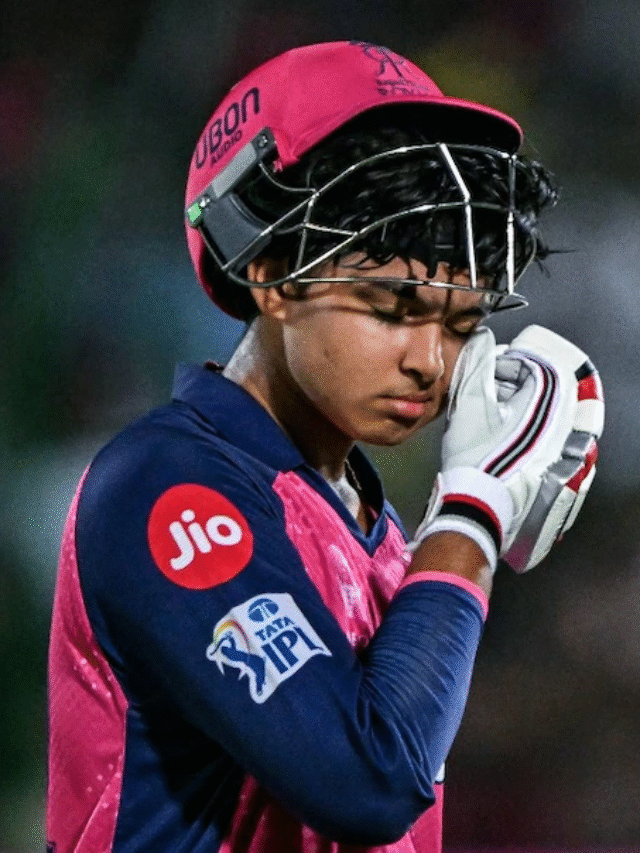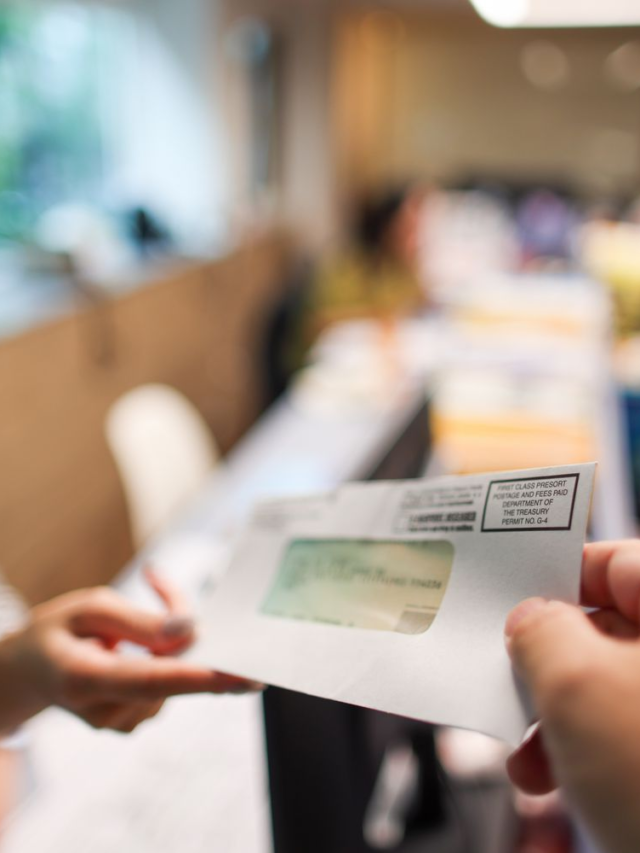This move comes under Section 206C(1F) of the Income Tax Act. It follows the Budget announcement to widen the TCS net to include high-end items beyond just motor vehicles.
What’s changed?
The Central Board of Direct Taxes (CBDT) has amended Form 27EQ to include these luxury goods. Sellers must now collect 1% TCS from the buyer at the time of payment and deposit it against the buyer’s PAN.
This tax will reflect in the buyer’s Form 26AS and can be claimed as credit while filing the income tax return (ITR). If the buyer has no tax liability, the amount will be refunded.
Items now covered
The list of luxury goods includes:
- Wrist watches
- Antiques, paintings, and sculptures
- Collectibles like coins and stamps
- Yachts, helicopters, rowing boats, and canoes
- Sunglasses
- Handbags and purses
- Shoes
- Sportswear and equipment like golf kits, ski gear
- Home theatre systems
- Horses for racing or polo
Previously, Form 27EQ applied only to sales of motor vehicles above ₹10 lakh. Now, it captures data on various high-value discretionary purchases.
Why this move?
The government says the measure is not intended to boost revenue. Instead, it aims to ensure better compliance, prevent under-reporting of income, and plug tax leakages.
Amit Maheshwari, Tax Partner at AKM Global, said, “This notification expands the TCS scope to luxury goods and collectibles. By including high-value items like wristwatches, antiques, and yachts, the government is improving traceability of luxury spending.”
Sandeep Jhunjhunwala, Tax Partner at Nangia Andersen LLP, added, “This operationalises the government’s aim to monitor discretionary expenditure and strengthen the audit trail. It will formalise the luxury goods sector and promote financial transparency.”
Jhunjhunwala also noted that sellers must now ensure TCS compliance, while buyers may face stricter KYC and documentation requirements at the time of purchase.






